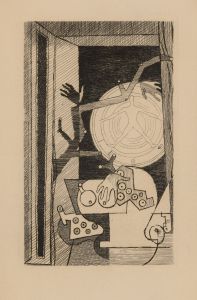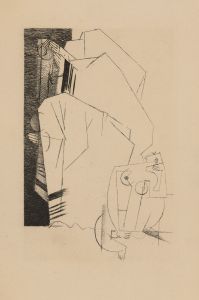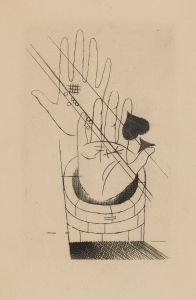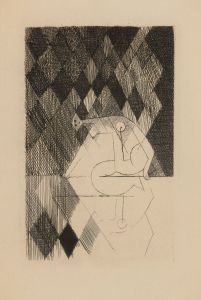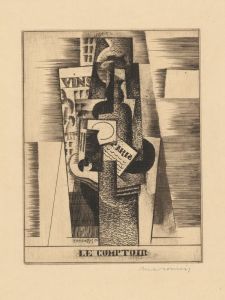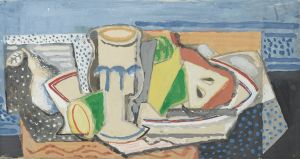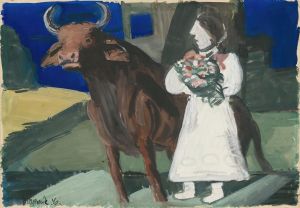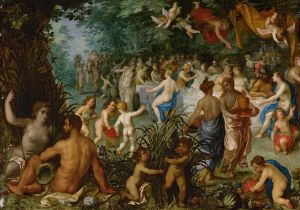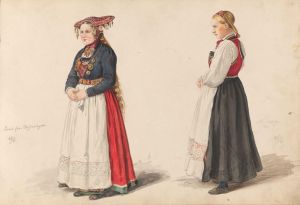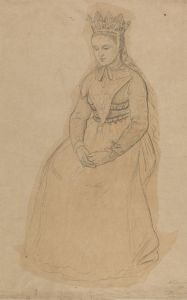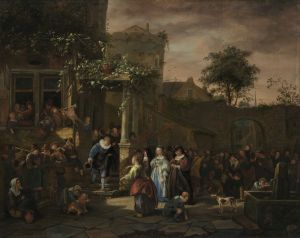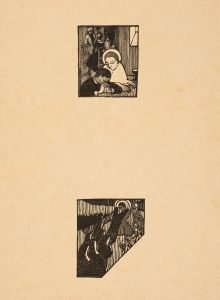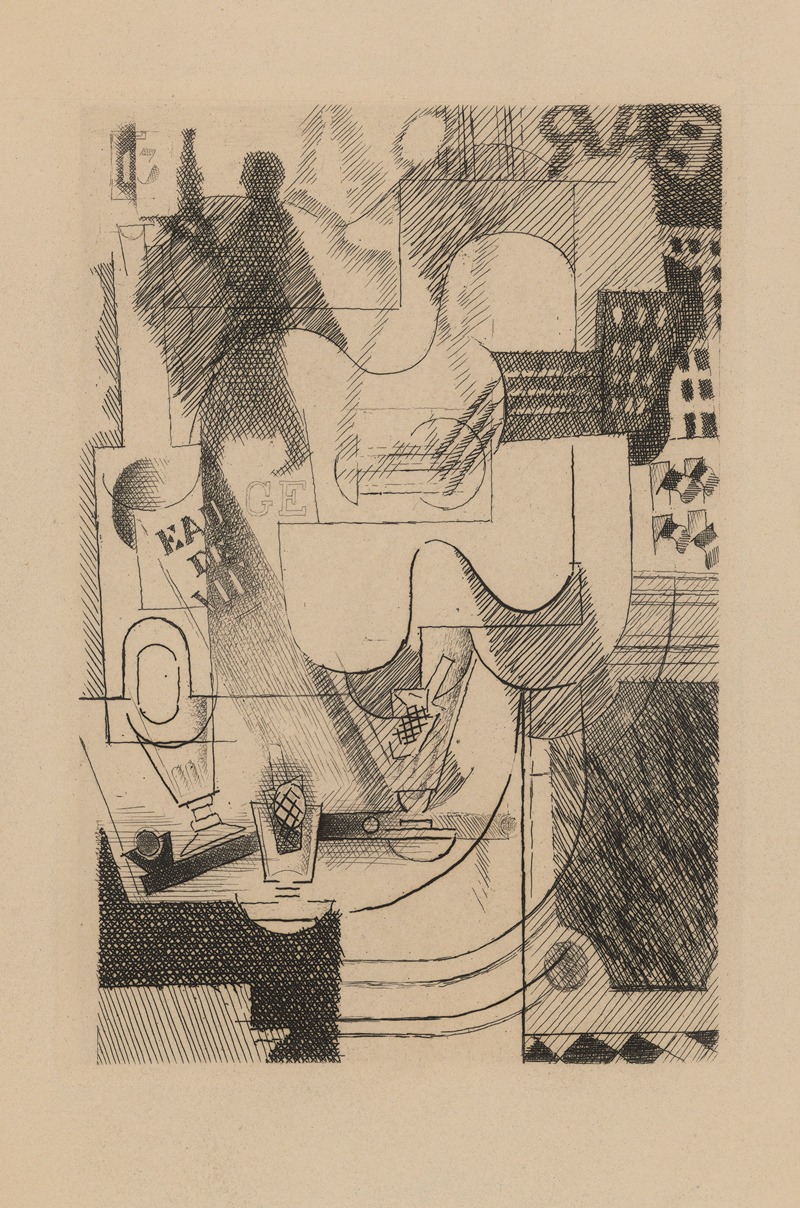
Poème lu au mariage d’André Salmon
A hand-painted replica of Louis Marcoussis’s masterpiece Poème lu au mariage d’André Salmon, meticulously crafted by professional artists to capture the true essence of the original. Each piece is created with museum-quality canvas and rare mineral pigments, carefully painted by experienced artists with delicate brushstrokes and rich, layered colors to perfectly recreate the texture of the original artwork. Unlike machine-printed reproductions, this hand-painted version brings the painting to life, infused with the artist’s emotions and skill in every stroke. Whether for personal collection or home decoration, it instantly elevates the artistic atmosphere of any space.
Louis Marcoussis was a Polish-French painter and engraver associated with the Cubist movement. He was born Ludwik Kazimierz Wladyslaw Markus in Warsaw in 1878 and later adopted the name Louis Marcoussis after moving to Paris. Marcoussis became an integral part of the Parisian avant-garde scene in the early 20th century, interacting with influential artists and writers of the time.
One of Marcoussis's notable works is "Poème lu au mariage d’André Salmon," which translates to "Poem Read at the Wedding of André Salmon." This painting is a reflection of Marcoussis's engagement with the Cubist style, characterized by fragmented forms and a departure from traditional perspective. The work is a testament to the collaborative and interdisciplinary spirit of the period, as it connects visual art with literary expression.
André Salmon, to whom the painting is dedicated, was a prominent French poet, art critic, and writer. He was a key figure in the Parisian art world and a close associate of many avant-garde artists, including Pablo Picasso and Guillaume Apollinaire. Salmon's wedding, which the painting commemorates, was an event that brought together many figures from the artistic and literary communities of the time.
Marcoussis's work often incorporated elements of text and poetry, reflecting his interest in the interplay between visual and literary arts. This particular painting likely includes references to the poem read at Salmon's wedding, although the exact content of the poem is not detailed in available historical records. The integration of text into the visual composition is a hallmark of Cubist art, which sought to break down the barriers between different forms of artistic expression.
The painting exemplifies Marcoussis's mature Cubist style, which he developed after initially experimenting with Impressionism and Post-Impressionism. Influenced by the works of Picasso and Georges Braque, Marcoussis adopted the Cubist approach of deconstructing objects into geometric shapes and reassembling them in abstracted forms. His use of muted colors and complex compositions is evident in "Poème lu au mariage d’André Salmon," showcasing his ability to balance abstraction with recognizable elements.
Marcoussis's contribution to the Cubist movement is significant, as he was one of the artists who helped to sustain and evolve the style beyond its initial phase. His works are characterized by their intellectual depth and technical precision, qualities that are evident in this painting. The piece not only serves as a personal tribute to a friend but also as an example of the rich cultural exchanges that defined the era.
"Poème lu au mariage d’André Salmon" is housed in a private collection, and as such, it is not as widely accessible as some of Marcoussis's other works. However, it remains an important piece within his oeuvre, illustrating his connections with the literary world and his contributions to the development of modern art.
In summary, Louis Marcoussis's "Poème lu au mariage d’André Salmon" is a Cubist painting that reflects the artist's engagement with both visual and literary arts. It commemorates the wedding of André Salmon, a central figure in the Parisian avant-garde, and exemplifies Marcoussis's mature style. The painting is a testament to the collaborative spirit of the early 20th-century art scene, where boundaries between different artistic disciplines were frequently crossed.





